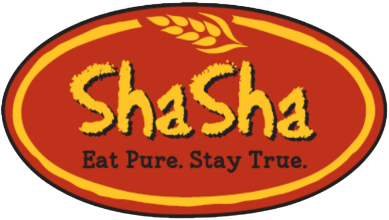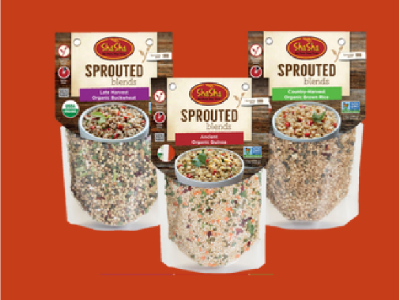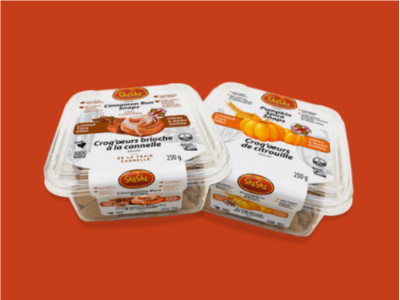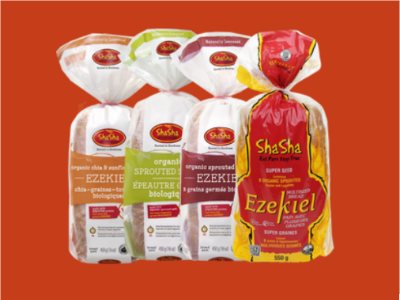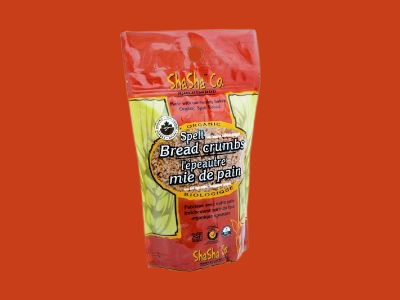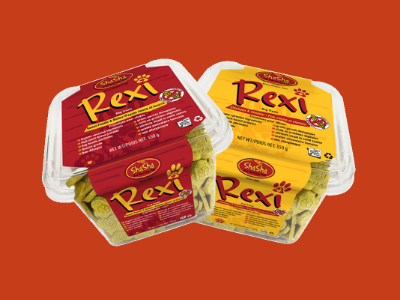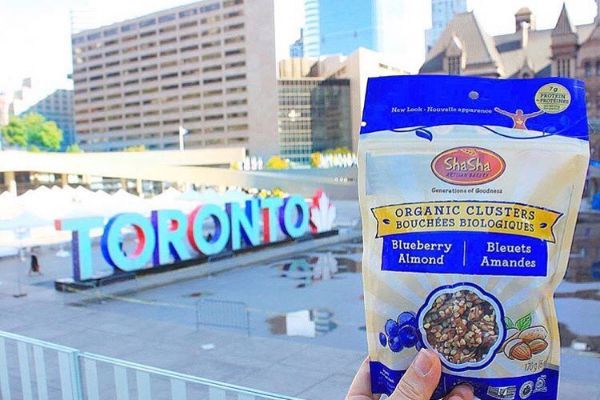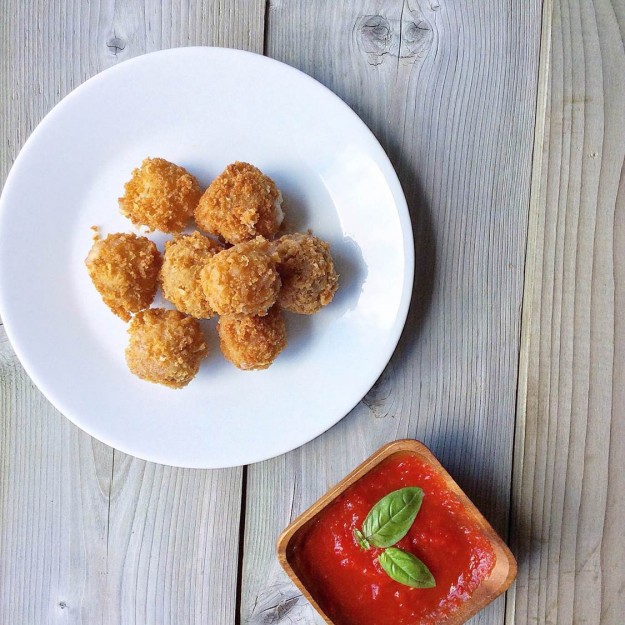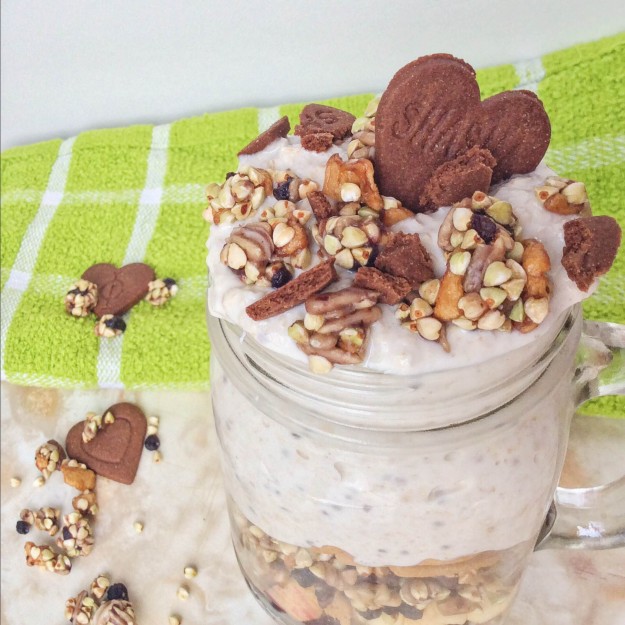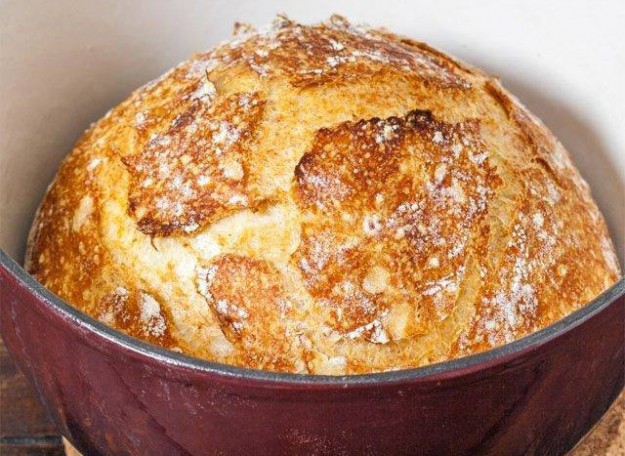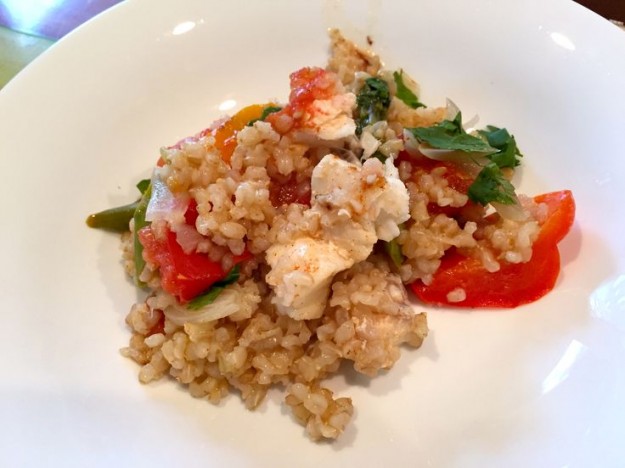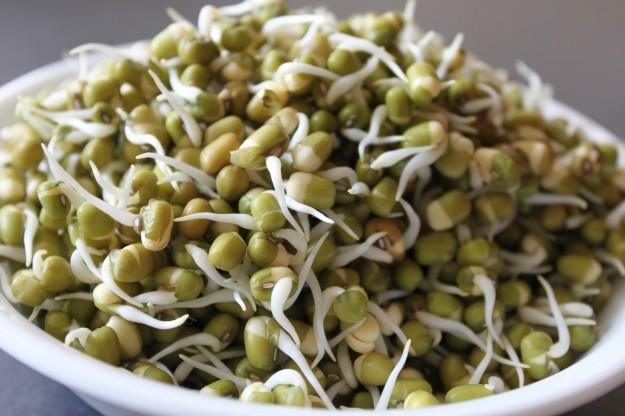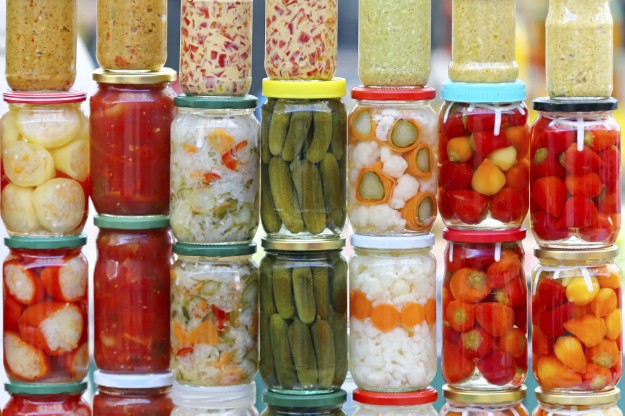The wealth of ancient grains flooding the market can be really confusing; how do you cook them? Are they better or healthier than the grains I am more accustomed to? Ancient grains or heritage grains have been around for thousands of years. They can be more nutritious than corn or wheat, but only if they are organic whole grains or sprouted grains. Here are five ancient grains you can include in your diet today.
Spelt
Spelt is a popular ancient grain with a delicious nutty flavor that is easy to digest. Spelt is a wonderful source of fiber, folate, magnesium and selenium and has much lower levels of gluten.
You can bake with spelt flour, but reduce the amount of liquid you use by 25% so as not to make the dough sticky. Look out for spelt pasta and organic breads which contain spelt.
Millet
A gluten-free grain, millet is high in fiber and an excellent source of B vitamins and protein. Millet is also packed with magnesium, which makes it great for heart health. When cooking with millet, use two and a half cups of water for every cup of millet. Bring to the boil and leave to simmer for around 25 minutes or until the millet reaches the desired consistency.
Amaranth
Amaranth is gluten-free so it’s perfect for the gluten intolerant. Amaranth is high in protein, fiber and amino acids. Amaranth has been shown to help reduce cholesterol too. You can simply boil amaranth and use it in place of rice. It requires about 6 parts water for every part of amaranth so if you are cooking one cup of amaranth, use 6 cups of water at a gentle boil for 15 to 20 minutes. You can also add amaranth to stews, soups, and salads.
Quinoa
While most people refer to quinoa as a grain, it is actually a seed from a vegetable related to Swiss chard. It is really gaining in popularity thanks to its great flavor and high nutritional value. High in protein, fiber and riboflavin, quinoa is also gluten-free and has only 172 calories per ¼ cup. Quinoa is a complex carbohydrate with low glycemic index that is excellent in weight management.
Chia
This superfood is growing in popularity as its mild flavor and high nutritional value make it a desirable additive to just about any dish you enjoy. Add it to your cereal, look for organic breads that contain chia, or sprinkle it on salads, in soups, over stews or in your baking. Add chia to your smoothies for an added nutritional boost.
Chia seeds are packed with goodness; zinc, vitamin B3 (Niacin), potassium, vitamin B1 and B2, protein, magnesium, manganese and fiber too.
Some other guidelines for cooking whole grains:
- Pearled barley: Use 3 cups water to one cup of barley, and cook for 15 minutes
- Quinoa: Use 2 cups water to one cup of quinoa and cook for 15 minutes
- Wild rice: Use 3 cups water for every cup of wild rice and cook for 50 to 60 minutes
- Brown rice: Use 2 cups water for every cup of brown rice and cook for 35 to 40 minutes
